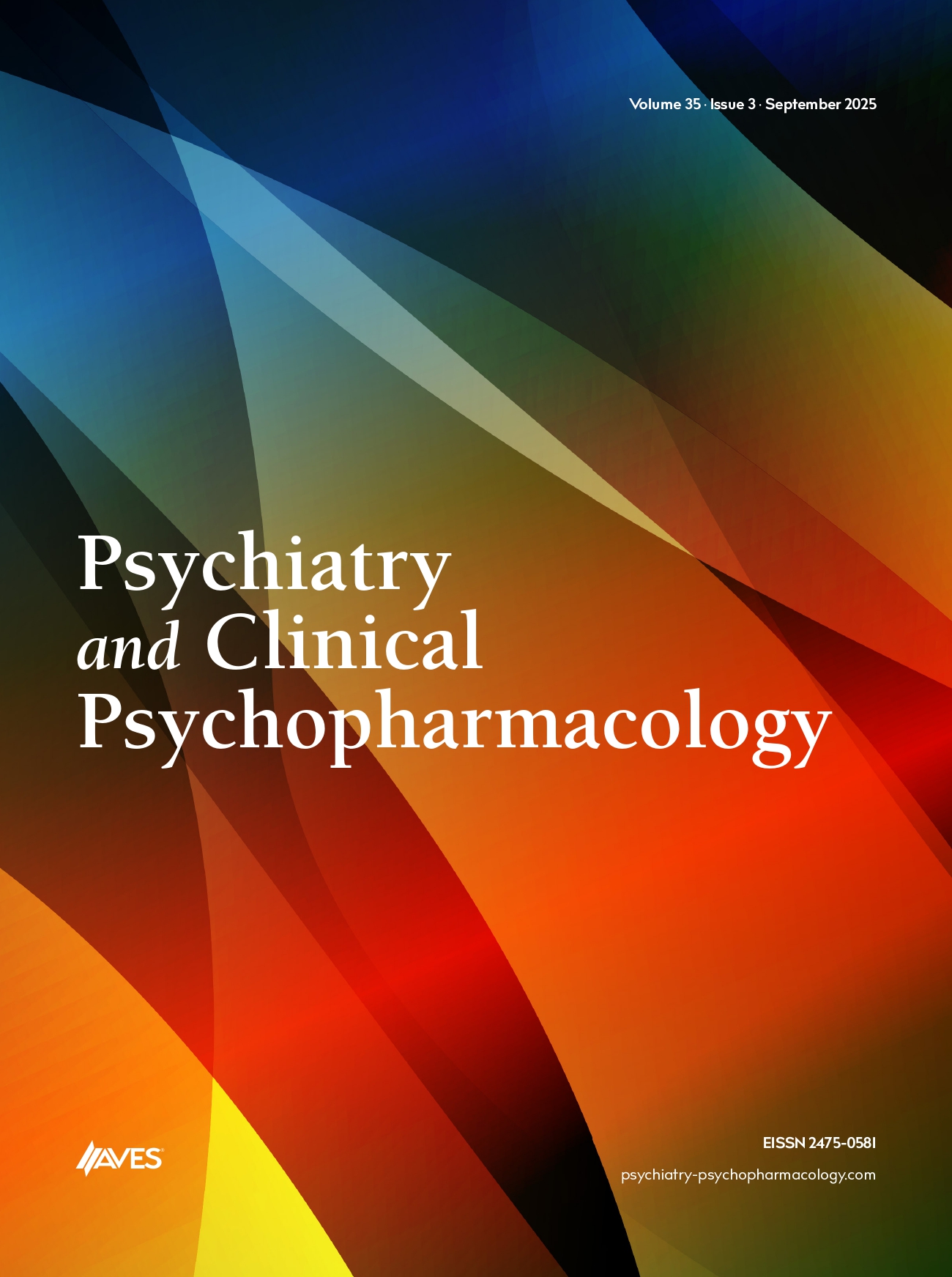Methylphenidate is a stimulant drug used in Attention deficit hyperactivity disorder in children and adolescent psychiatry clinic. Along with its needed effects, methylphenidate may cause some unwanted effects. Although not all of these side effects may occur, if they do occur they may need medical attention. One of these, seen rarely but needs treatment, when once occurred are dermatological side effects such as skin rash, dermatitis. We report a case, 12-year-old boy developing acneiform eruptions and dermatitis in the scalp just after increasing dose of methylphenidate from 27 mg/day to 36 mg/day. A 12-year-boy was presented to the clinic with attention deficit hyperactivity disorder and learning disability was started methylphenidate 27 mg per day. The child developed acneiform drug eruption on face. Two months later, the dose was increased to 36 mg per day because of partial response. And shortly after the dose increase dermatitis in scalp region was observed at the same time. The laboratory findings also showed an increase in eosinophil to 11%, comparing to the initial eosinophil level of 6%. The other hematological and biochemical laboratory findings were normal. The dermatitis in scalp was treated topically by dermatologist. And afterwards the stimulant dose was decreased to 18 mg per day and dermatological symptoms improved progressively. In this case, we discuss that commonly seen dermatological disorders such as acne and dermatitis could be a result of the use of a stimulant drug in children and adolescents.


.png)
.png)